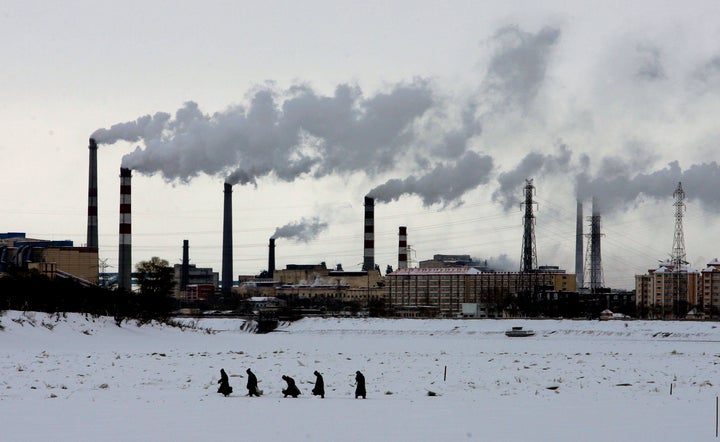
Perhaps the biggest challenge in changing human behavior to address
the reality of climate change is connecting impacts to every day life.
But there is a clearly obvious impact to which most people do not give
adequate consideration. While the catalysts for climate change are
greenhouse gases like CO2 and methane, the consequences to the planet
are realized through water.
Disruption of climate causes alterations to the hydrological cycle such as drought, flooding, increasing intensity to tropical storms, changes in the aquifer, loss of wetlands, loss of arable land,
changes in the state of water from solid to liquid to gaseous. Unlike
climate science, public awareness of and concern about water are high.
In polling consistently, over decades, water is the environmental issue
people care most about and the one to which they pay the most attention.
This nexus between water and climate is an important access point
for understanding the bigger picture of climate change impacts.
Consider how water is degraded by obsolete energy generation
technologies. Those energy sources which contribute most to climate
change, and those which create a false economy of greenhouse gas
reduction, are the very technologies that pollute water and disrupt
hydrological systems.
The pervasive water impacts of coal begin with mining. Mountain Top Removal devastates and pollutes watersheds. Coal sludge can destroy ecosystems.
The burning of coal, while generating massive amounts of CO2 also
pollutes our air and water with mercury which ends up in fish and in
humans. Mercury causes organic brain damage and is a growing public
health crisis.
The operation of a coal plant requires billions and billions of gallons of water per year.
This water is diverted from the natural flow and alters the
hydrological balance and ecosystems in communities near coal plants and
downstream. If you’re a fish or a plant or any part of the natural
system of a stream or river, you really don’t want to be sucked up into
a coal plant. When the water comes out the other end, it will not
exactly be sustaining life.
As with coal, radioactive materials to power nuclear plants must be
mined. This mining brings with it the same impacts in terms of
watershed destruction, but also adds the risk of polluting water
sources with radioactive materials.
Nuclear power plants, depending on their size, must withdraw a billion or more gallons of water from an ecosystem every day.
That water is superheated, carries a risk of exposure to radioactive
material, and is then dumped back into the watershed. Not only does
this badly distort the natural systems, it draws water away from
drinking water and agricultural supplies. After the nuclear fuel is
spent, it is remains a substantial threat to water. Technology for
storing radioactive waste is not sufficiently developed to ensure that
water sources will be safe from radioactive leakage for even a relatively short amount of time relative to the half life of the materials used.
Cultivating corn for conversion to ethanol is a water intensive form
of agriculture that encourages monoculture and impacts water resources
available for food production. Fertilizers and pesticides from the
large agribusiness farms growing corn for ethanol pollute regional
lakes, streams, rivers and aquifers. The amount of pesticide running
into the Mississippi River system is causing an unprecedented and
devastating expansion of the “dead zone” in the Gulf of Mexico, a region in which no life can be sustained.
Combined the the massive amount of water required for the industrial
process of converting the corn into fuel it takes as much as bout 1,200 gallons of water per gallon of ethanol.
The enterprise of cultivating and refining corn ethanol is itself a
very carbon intensive process that brings along with it all of the
direct water impacts of CO2 generated sources of energy with little or
no net benefit in terms of mitigation of green house gases.
Yet the three energy sources listed above are the most heavily subsidized,
both in terms of payments and guarantees from the government and our
costs for picking up the ecosystem and public health expenses
associated with all of the damage they cause.
It’s very hard to make the case for polluted water, droughts or
floods as a necessary impact that we must accept so we can superheat
the atmosphere. Sometimes, the best argument for alternative energy
and green jobs is just as close as the nearest faucet.
